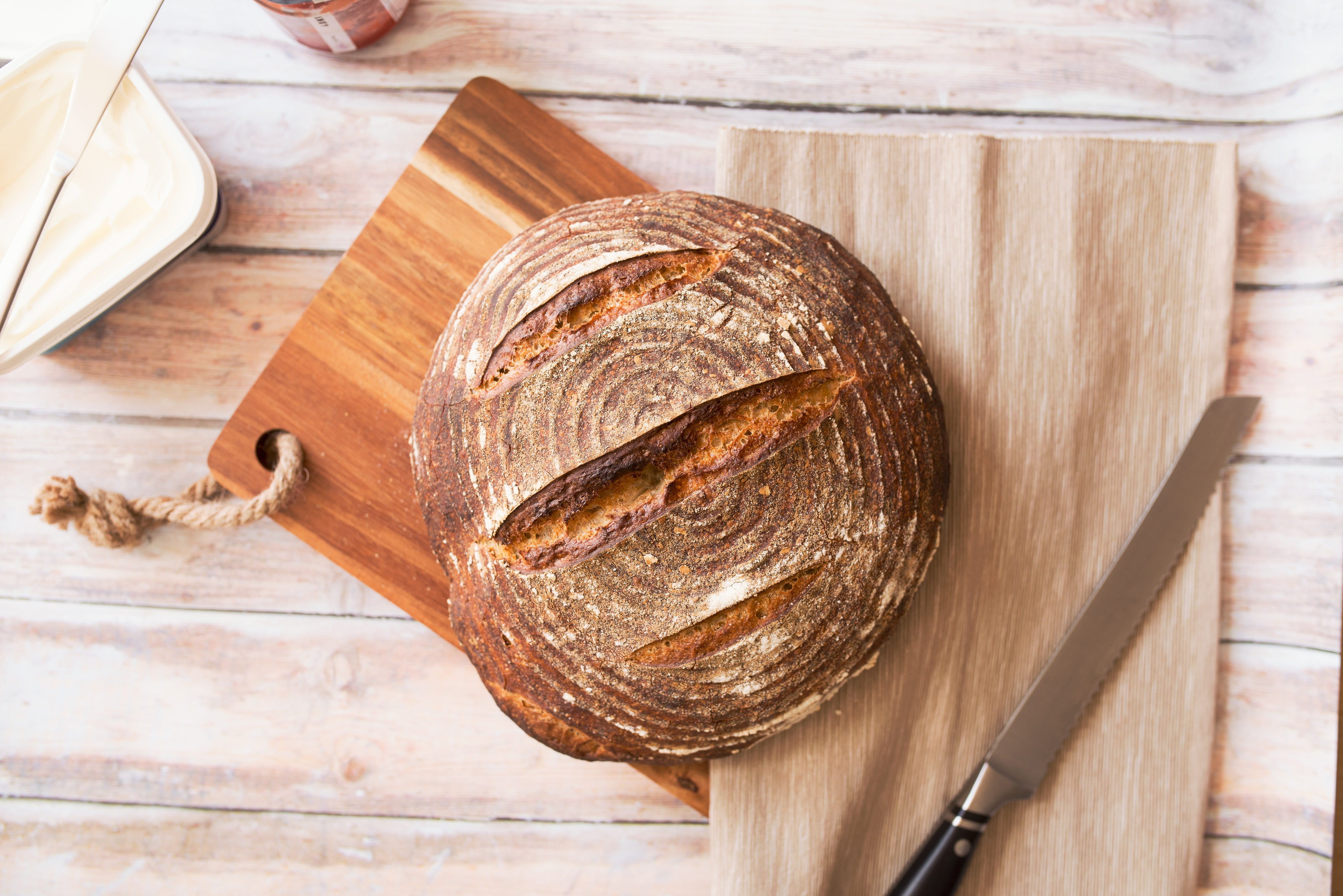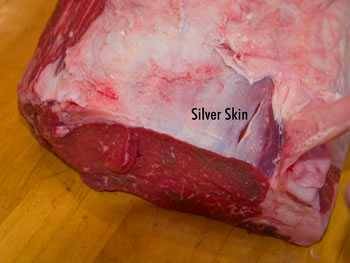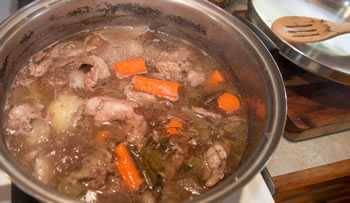The key is picking the right charcoal for the job. By Charlie Heller
How to Grill IndoorsGrilling inside doesn’t mean you have to give up your charcoal.
Let's say that like many people in the world, you love to barbecue, and want to make some for yourself. Except, also like many people in the world, you live in a city, or are amidst the cold and dreary winter, or you just don't have access to an outdoor grill.
Should you give up your hopes of getting the delicious smoky flavor that is the trademark of the charcoal grill? No! Because thanks to this life-changing Mad Genius Tip from Food & Wine Culinary Director Justin Chapple, you don't have to.
It all boils down to using the right type of charcoal.
Specifically, what you need is a Japanese charcoal known as sumi, or white charcoal, which you can buy in the form of rectangular sticks. Designed to be used on tabletop Japanese grills, they burn much hotter than your standard charcoal, but Chapple's hack is to use them with a cast iron skillet.
First, you'll need to get the charcoal hot using an open flame—and since you're in your kitchen, the best source will probably be your stovetop. Put the coals over the burner with some tongs and get them white and glowing, and once the first side reaches that point, flip it over and heat until the opposite side looks the exact same way.
Put your cast iron skillet on a burner, since it's too hot to put anywhere else. Then use your tongs to move the hot coals into the skillet. Now all you have to do is put a heat-proof cooking rack on top of the skillet, and there you have it: A piping hot indoor charcoal grill! Chapple demonstrates by grilling up some sausage and peppers, pointing out that the only smoke is what's coming off the food, making this indoor grill about as kitchen-friendly as it gets.













:max_bytes(150000):strip_icc():format(webp)/everythingslaw-589e7f283df78c47584470f8.jpeg)
:max_bytes(150000):strip_icc():format(webp)/brisket-5a2ac501b39d030037d82358.jpg)



















